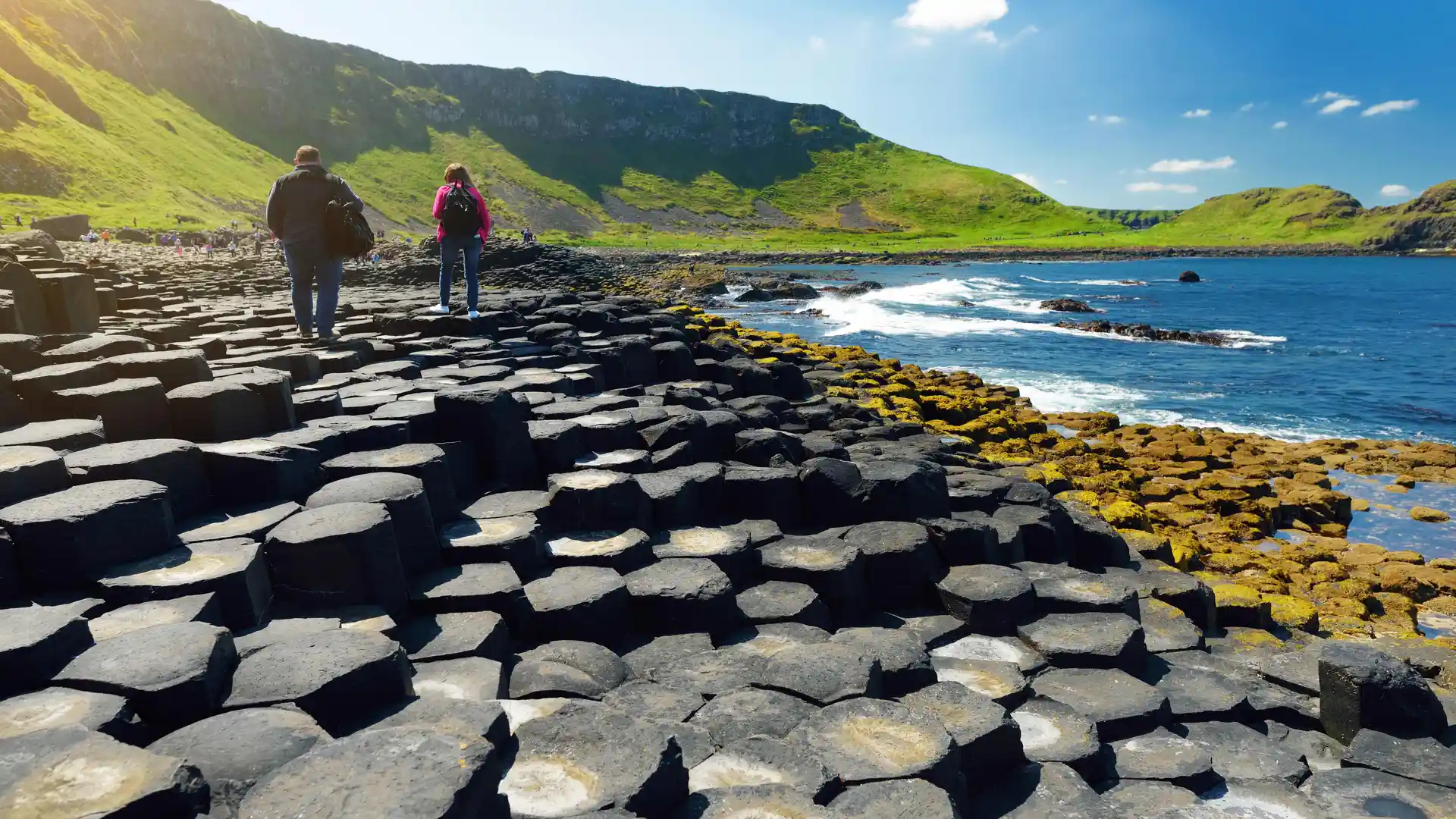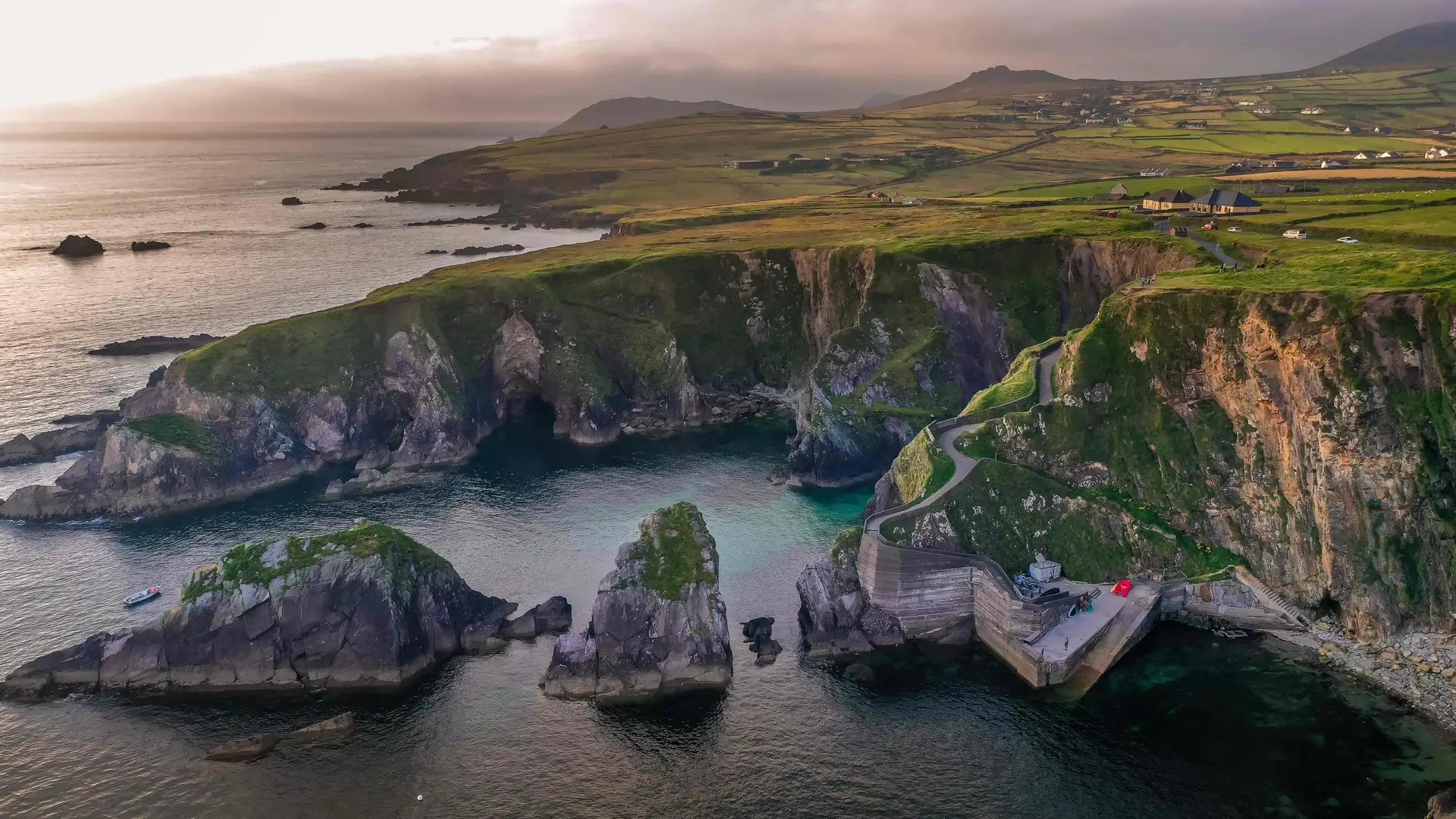Northern Ireland: A New Chapter for Walking and Outdoor Adventure
How sustainable tourism, fresh investment, and quiet beauty are redefining travel across the region
Northern Ireland’s landscapes have always inspired exploration — from the hexagonal stones of the Causeway Coast to the misted ridges of the Mourne Mountains.
But now, the country’s story is changing. A new wave of sustainable travel initiatives, trail investment, and community-led innovation is positioning Northern Ireland as one of the most forward-thinking destinations in the British Isles for walking holidays and outdoor adventures.
Sustainability Leading the Way
Across the country, local tourism businesses are being encouraged to grow sustainably. Through a national support programme, rural accommodations, guides, and activity providers are receiving training to improve accessibility, reduce environmental impact, and extend the visitor season beyond summer.
These steps may seem small, but their collective effect is transformative. Greener stays, better-maintained paths, and digital-ready experiences mean travellers can plan and enjoy self-guided holidays with ease — whether hiking the Mourne Wall, exploring lakeside trails in Fermanagh, or following quiet heritage routes through County Down.
A Spotlight on Nature and Culture
Earlier this autumn, international tour operators visited Northern Ireland to experience its landscapes first-hand. Their journeys took them along the Causeway Coast, across the Lakelands, and into the Mourne Mountains — showcasing a region rich in natural drama and cultural depth.
From seaweed foraging and food-led experiences to small walking tours in mountain and coastal communities, the trip highlighted a simple truth: Northern Ireland’s best stories are written into its land. They’re found in local conversations, shared over farm breakfasts, or discovered while walking ancient trails that still bind people to place.
Trails, Access and the Future of Adventure
Tourism Northern Ireland’s latest development strategy aims to reshape how people explore the country. Plans include new trail connections, improved waymarking, and expanded rural infrastructure — designed not for mass tourism, but for steady, meaningful growth.
By spreading visitors across regions and strengthening transport links, these projects will make it easier to explore car-free and connect different landscapes through self-guided routes. For travellers, it means more opportunities to stay local, walk more, and experience nature on its own terms.
Why Walk Here
- The Mourne Mountains – A rugged highland range where the famous Mourne Wall winds across summits and valleys, offering some of the UK’s most spectacular ridge walking.
- The Causeway Coast Way – A coastal trail linking sandy bays, sea cliffs, and geological wonders like the Giant’s Causeway.
- The Cuilcagh Boardwalk Trail – The so-called “Stairway to Heaven” rising through peatland and forest within a UNESCO Global Geopark.
Each route reveals a different side of Northern Ireland — one defined not by its borders, but by its balance of wildness, culture, and care.
A Quiet Confidence
For many travellers, Northern Ireland still feels undiscovered. Yet this quietness is its strength. There’s space here — for reflection, for walking without rush, for rediscovering the rhythm of the outdoors.
As local communities embrace sustainability and rewilding, and as new infrastructure connects coast to upland, Northern Ireland is emerging not just as a place to visit, but as a destination built on purpose.
For those seeking walking holidays and outdoor adventures with meaning, it’s a landscape ready to be explored — and a story still being written.





